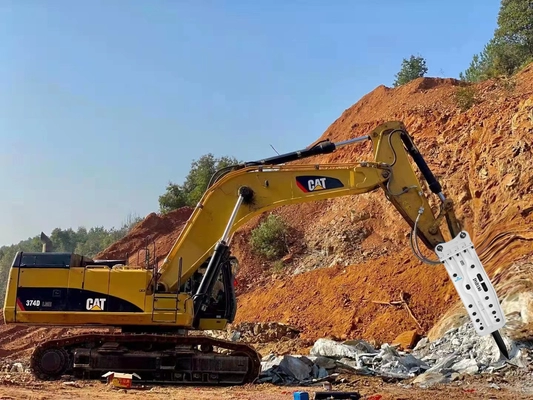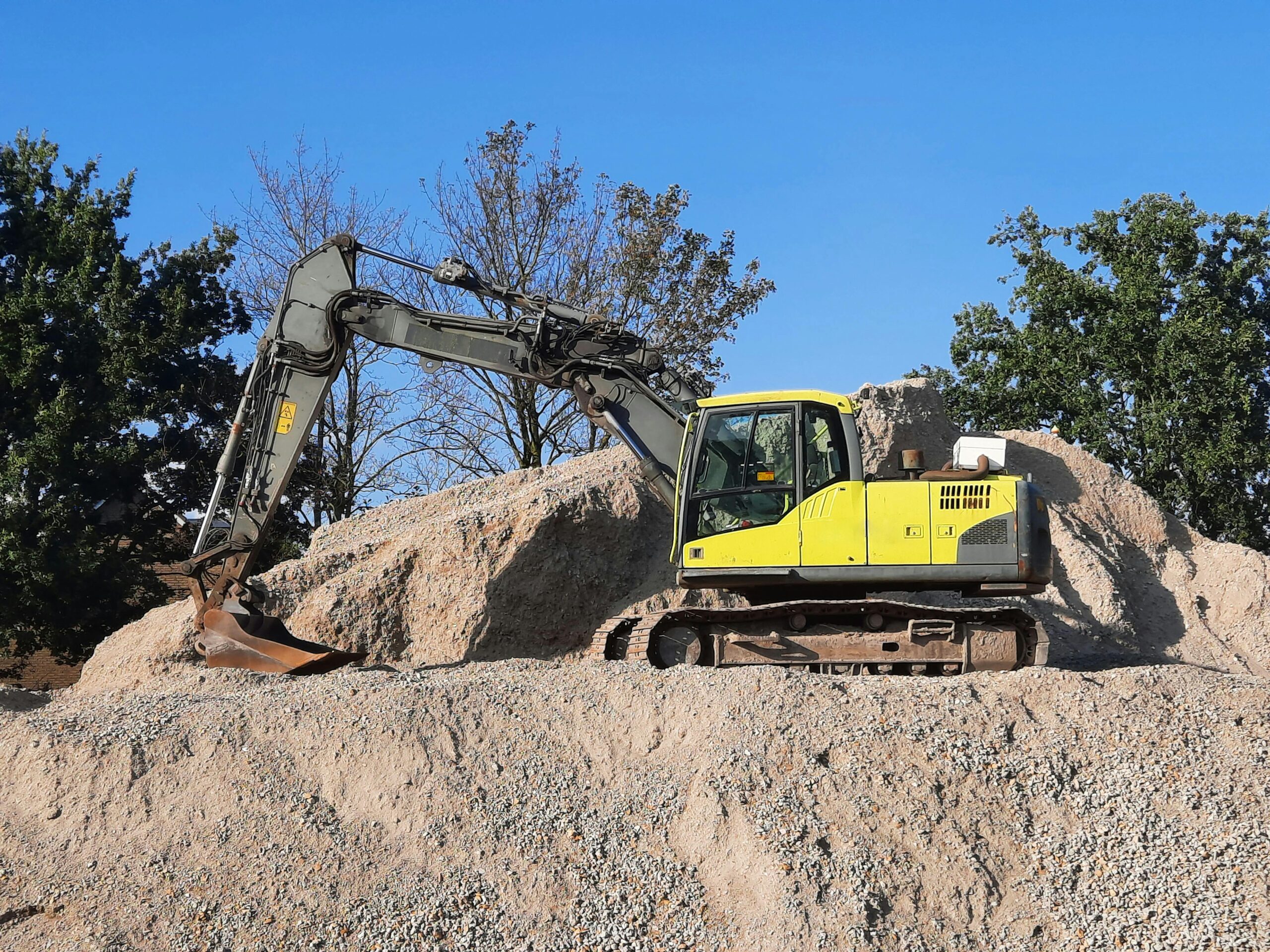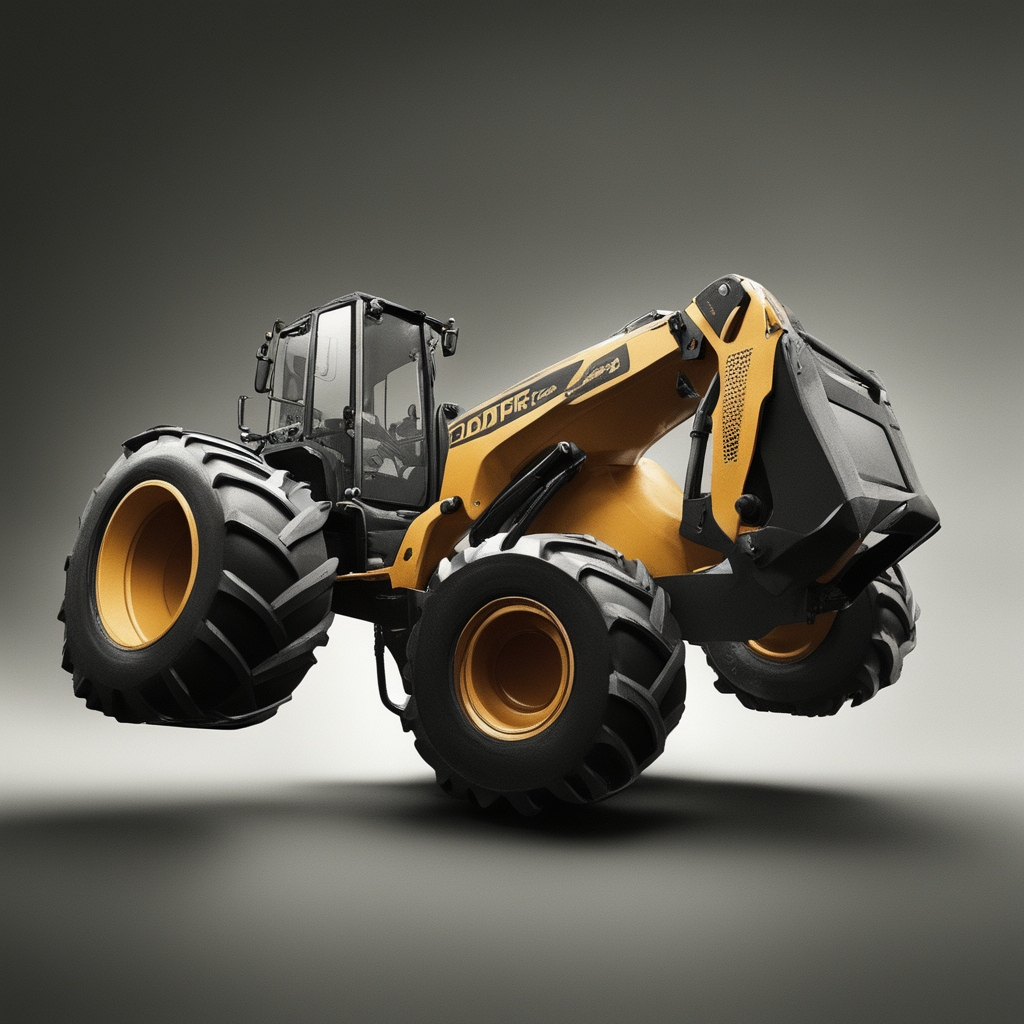Unquestionably, the most significant part of a car’s engine is the cylinder block. All of the engine parts are made there. The engine block holds the pistons, which are where the fuel is burned and supports other parts of the engine. Knowing how the engine cylinder block works is necessary to comprehend how the power system in your car works.
Composition and Structure:
Cast iron or aluminum alloys are often used to make the cylinder block of an engine because they are strong and good at getting rid of heat. There are many parts to this item that all work together to make it better and last longer. They were all carefully thought out and put together. Some of these features are cylinders, oil pipes, cooling passages, and places where important parts like the cylinder head, bearings, and pistons can be fixed. For the method to work, all of these must be present.
Cylinder Arrangement:
Where the valves are placed inside the engine block is a big part of how well the engine works. This includes things like speed, balance, and power output. Different shapes, like straight, V-shaped, flat, and opposite plans, can fit different types of cars and uses. An inline engine is often found in small cars because it is easy to use and doesn’t take up much space. V-shaped ones, on the other hand, are better because they are small and spread power evenly, making them great for high-performance uses.
Cooling and Lubrication:
The engine cylinder block needs to have good cooling and cleaning systems so it lasts a long time and works well. The block’s cooling tubes are complicated, which helps the water move around. As the fire goes on, it helps soak up and spread out any extra heat that is made. The gear, on the other hand, works well because of a complicated network of oil tubes that keep it from getting damaged and reduce friction. Regularly changing the oil and coolant is a great way to keep your car in good shape. These tips will help your engine last longer and keep you from having to pay for pricey repairs.
Cylinder Sleeves and Bore:
You can also call cylinder covers “cylinder liners.” They are round parts that go inside the cylinders of the engine block. These plates are strong enough to handle the rough conditions of burning and give the piston a stable place to move. The bore diameter is based on the inner width of the cylinder. This directly impacts the size and speed of the engine. Engine builders carefully measure the size to find the best mix between life, power output, and economy.
Strength and Rigidity:
Strong mechanical forces and changes in temperature must not only damage the engine cylinder block, but it must also keep its shape. Engineers use advanced casting techniques and pick the right materials to make sure the structure is strong and rigid but also light, so it’s easy to make. Aside from that, the block is made with strong features like gussets, ribs, and cross-bracing. The block will last a lot longer and be better able to handle bending forces and moving loads. Because of this, it is very effective, even when working conditions are bad.
Integration with Ancillary Components:
Engine parts can easily be connected to the cylinder block, which acts as a base that can be moved. This makes the drive system work. Connecting important parts like the engine head, crankshaft, camshaft, and timing chain or belt is easy because the block has locking points that are set up in a certain way. This mixture makes the best use of room, makes it easy to build, and makes the system work better overall.
Future Perspectives:
It keeps getting better for cars, and there are some really cool new advances in materials science, manufacturing techniques, and design methods that could help engine cylinder blocks work better and use less energy. Lightweight materials, digital production, and built-in cooling paths are just a few of the new technologies that can totally change how blocks are made. This will make them stronger, more fuel-efficient, and last longer.
Types of engine cylinder block
Every type of engine cylinder block is better for a certain type of car and driver because it has certain benefits and features. For example, the size of the car, how well it needs to perform, the amount of room available for packing, and production problems can all affect which block type is best.
Inline Cylinder Block:
Longitudinally, the cylinders in an inline cylinder block are lined up in a straight line. A straight design is what this is. Plenty of people like this style since it’s basic, effective, and simple to manage. This is often seen in cheap cars, tiny SUVs, and small trucks, where making the best use of room is very important.
V-Shaped Cylinder Block:
The cylinder block has a unique “V” shape, with two banks of cylinders set up at an angle. This design makes it possible for the framework to be smaller while still having balance and smoothness. Sedans, pickup trucks, and sports cars are examples of vehicles that value finding the best balance between power and room usage, which is why they are in high demand.
Flat Cylinder Block (Boxer):
The boxer design, which is another name for the flat cylinder block, has pistons that are put flat on opposite sides of the engine. The car is safer because its center of gravity is lower with this design. For example, they are often used in fast cars, SUVs, and small planes with engines that are opposite horizontally.
Radial Cylinder Block:
A unique and useful design is made by the Radial Cylinder Block, which has cylinders grouped in a circle around a center line. Radial engines, which have more than one cylinder attached to a single frame, often have this setup. Due to their small size and ability to cool well, they are often found in old airplanes, motorbikes, and other small-engine uses.
W-Shape Cylinder Block:
The unique W-shaped cylinder block design takes the best parts of both V-shaped and straight arrangements and puts them together in one shape. The design is made up of many cylinder banks that are set up in a unique W-shaped pattern. With this design, the power output is better, and the size is smaller. When size and power output limits are very important, they are often used in high-performance cars like sports cars and luxury SUVs.
Hemi Cylinder Block:
The Hemi cylinder blocks have a unique combustion chamber design with piston heads that are dome-shaped and spark plugs that are put in the middle. This design makes it easy for air to move and for fuel to burn, which improves power and speed. There is a strong link between them and high-performance cars, especially those made by companies known for making strong engines.
Conclusion:
To sum up, the engine cylinder block is very important in the car business because it’s what makes vehicle power systems work. CT Parts knows that different forms, like straight, V-shaped, flat, radial, W-shaped, and hemi shapes, are important for meeting different needs in terms of performance, economy, and packing. Understanding how these cylinder blocks work is important for both car fans and people who work in the automotive business and want to fully understand how engines are put together. With this knowledge, they can make smart choices about care, changes, and making the system run better. In response to how quickly car technology is changing, CT Parts is committed to providing cutting-edge solutions and parts that make vehicles around the world run better, be more reliable, and last longer.




